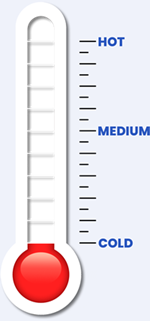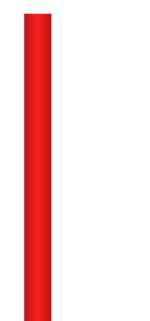-
 Census 2021 Data
Census 2021 Data -
 Homes & Property
Homes & Property -
 Law and Order
Law and Order -
 Jobs & Economy
Jobs & Economy -
 Learning & Schools
Learning & Schools -
 Essential Services
Essential Services -
 Travel & Transport
Travel & Transport -
 Local Amenities
Local Amenities -
 Leisure & Recreation
Leisure & Recreation -
 Environment
Environment
Yield
TQ13 0YH
This section gives the estimated property yield for the postcode based on our own unique algorithms, comparing it to the national average. We analyse gigabytes of data to explore why yields might be higher, lower, or in line with expectations. From local market trends to demand and property types, the data paints a clear picture of investment potential in TQ13 0YH.
Estimated yield for property investors
0%
Yield
The estimated yield for the TQ13 0YH postcode area is 0%, which is lower than the national average yield of 3.8%.


Summary
The TQ13 0YH area has a lower yield, but its high safety score makes it a stable, if not lucrative, investment option - in the long term. Investors seeking long-term stability rather than high returns might find this area appealing.
Property yields in TQ13 0YH are lower than average, which might reflect a more mature or stable market where opportunities for high returns are limited.
However, the high safety score adds value to the area, potentially attracting long-term tenants or buyers who prioritixe security, making it a stable investment option.
The less urban nature of TQ13 0YH suggests a more suburban or rural setting, which could mean lower rental demand but potentially higher property values if the area is considered desirable for homebuyers.
With a lower ownership rate, the area might offer more rental opportunities, but investors should consider whether demand is driven by the convenience of renting or a lack of affordability in purchasing.
Factors affecting yield in TQ13 0YH
Understanding property yield involves considering various factors like affordability, income, and crime rates. These elements influence rental demand, property values, and ultimately, the return on investment.
Property Yield (%)
Yield is a crucial metric for investors, showing the rental income as a percentage of the property's price. It's shaped by factors like local demand, property value, and rental market strength in TQ13 0YH.
Property Affordability
This measures how affordable properties are relative to average income. In areas with lower affordability, high demand might push up rental prices, potentially increasing yields, but it could also limit buyer interest, affecting long-term property value.
Rental Affordability
This evaluates how much of a household's income is dedicated to rent for people in TQ13 0YH. High rental costs relative to income could weaken tenant demand, reducing yield. In contrast, affordable rent can attract tenants who stay longer, ensuring a more stable yield.
Household Income
Greater household income generally enables residents to pay more in rent, which could enhance yields. However, in wealthier areas, the higher property prices might lower the yield percentage despite strong rental income.
Urban Location
Yields in urban areas are frequently higher because of strong rental demand, especially in cities with a young, transient population. Nonetheless, the higher property prices typical of urban locations can offset rental income, reducing yield percentages.
Employment Score
High unemployment can signal economic instability, reducing rental demand and increasing vacancy rates, which negatively impacts yield. Low unemployment typically indicates a stable economy, leading to higher rental demand and better yields.
Outright Ownership
When a large proportion of homes are owned outright, it often signals a stable community with less need for rental properties, which might reduce yields. Areas with fewer outright owners typically have more rental demand, leading to potentially higher yields.
Crime & Safety Levels
Crime affects property yield significantly; high crime rates can lower renter demand and property values, reducing yields. Conversely, low crime rates increase the area's attractiveness, driving up rental income and yields.
Best Performing Yields
The following postcodes within the TQ13 location current have the highest performing yields:
Methodology
Our property yield estimates are derived from a custom algorithm built by PostcodeArea that combines data from the Census 2021 and other reliable third-party sources.
This algorithm evaluates several key factors - including affordability, rental affordability, household income, urbanisation, unemployment rates, property ownership levels, and safety. We do this by assigning weighted scores to each factor. These factors are chosen for their relevance to property investment, with the yield percentage itself carrying the most weight due to its direct impact on potential returns.
The algorithm also incorporates conditional logic to assess how different combinations of these factors might influence property yield. For example, a neighbourhood with high rental affordability and strong income levels might indicate robust rental demand, leading to higher yields.
Conversely, areas with high unemployment and low income could see reduced rental demand, potentially lowering yields.
By considering these interactions, the algorithm provides a more nuanced estimate than simple averages or single-factor analyses.
It's important to note that these yield figures are general estimates intended as a guide rather than precise calculations. While the algorithm offers valuable insights based on historical and statistical data, it may not fully capture the unique aspects of each neighbourhood or current market conditions.
Investors should use this information as a starting point for further analysis and consider it alongside other factors such as market trends and personal financial goals.






